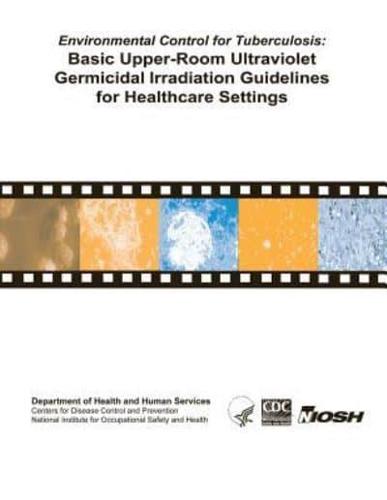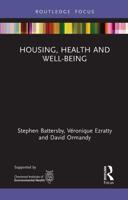Publisher's Synopsis
Tuberculosis (TB) is a severe, contagious disease that primarily affects the lungs. It is usually transmitted from person to person via airborne particles that contain TB bacteria. One of the major concerns for healthcare workers is the potential for transmission of TB at worksites from undiagnosed or unsuspected cases. Upper-room ultraviolet germicidal irradiation (UVGI) systems are considered a supplement or adjunct to other TB infection-control measures (e.g., ventilation) in settings where persons with undiagnosed TB could potentially contaminate the air (e.g., waiting rooms, emergency rooms, corridors, central areas). Also, as an adjunct to negative pressure ventilation, upper-room UVGI can be used in rooms or areas where suspected or confirmed infectious TB patients are isolated or high-risk procedures are performed (e.g., bronchoscopy, sputum induction). Since 1997, CDC/NIOSH has conducted and funded studies to determine the ability of upper-room UVGI systems to kill or inactivate airborne mycobacteria in a simulated healthcare room. These studies have shown that a properly designed and maintained upper-room UVGI system may be effective in killing or inactivating TB bacteria. Additional research still needs to be done in several areas including fixture installation and room irradiance measurements. However, sufficient laboratory information is now available to develop basic guidelines. This document makes information readily available to occupational safety and health professionals responsible for developing and implementing infection control programs in healthcare settings.









